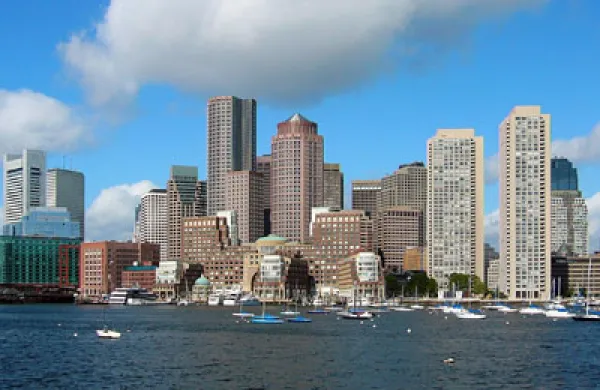Everyone wants to do well by small business, including U.S. President Barack Obama. If only everyone knew what they are talking about, and why!
Obama says that his small business bill before Congress will boost small business, create jobs and revitalize a sagging economy. But if the performance of previous small business legislation or the record of the Small Business Administration and its Small Business development Centers are any indication, there should be plenty of skepticism and questions about what the bill can do.
Can an infusion of capital into small business actually create jobs? A new study by the National Bureau of Economic Research suggests that no one can conclusively say what the real job creation impact of small business is on the entire economy.
“We find that once we control for firm age, the negative relationship between firm size and net growth disappears and may even reverse as a result of relatively high rates of exit amongst the smallest firms,” conclude John C. Haltiwanger, Ron S. Jarmin and Javier Miranda, in Who Creates Jobs? Small vs. Large vs. Young.
Fifty seven years after President Eisenhower signed the legislation that created the Small Business Administration, why are we still discussing who creates the jobs in America, especially at a time when American companies seem to be creating more jobs abroad than at home? And what are we doing to keep the jobs that many cash-strapped small businesses cannot afford to pay for?
Can capital earmarked for small business actually reach small business? The Small Business Administration has proven itself to be an inadequate manager of small business needs and goals — in good times or bad. The recent demise of America’s Recovery Capital (ARC) loan program — administered by the SBA — is a case in point.
Launched last year, ARC was designed to provide as much as $35,000 in emergency capital to small businesses at risk of failing. To encourage lending, the SBA would guarantee the loan and give lenders two percent of the loan as a fee. However, because it was an untested program, only 10,000 loans would be covered.
At the time it was launched, there was the feeling that the program was too small in scope and that the loans would be gone in months. More than a year later, the SBA reports that less than 9,000 loans have been made.
Most of those who applied for this “emergency” capital found they had to pay fees for such things as lien checks. Almost everyone found that they were required to provide collateral. And everyone found that they had to keep providing the same information over and over again to a revolving door of bank officials.
If emergency is “an unforeseen combination of circumstances or the resulting state that calls for immediate action,” then neither the lenders nor the SBA gets it. Borrowers have complained about interminable waits and obstacles just to get a foot in the door.
Ironically, SBA chief Karen Mills told USA Today that “we had a very, very successful Recovery Act. We were able to step in and provide a lot of access to capital when credit markets froze in 2008. (But) we ran out of money...”
Small businesses in America today aren’t simply businesses that are small. They represent entrepreneurial ventures that have the potential of becoming Apples and Microsofts and Googles; home-based businesses that have been empowered by technology to be far bigger than they could have imagined several years ago.
Until policymakers and bureaucrats recognize the differences and find ways to address their needs uniquely, small business in America will be the elephant. It will be whatever anyone imagines it to be.






